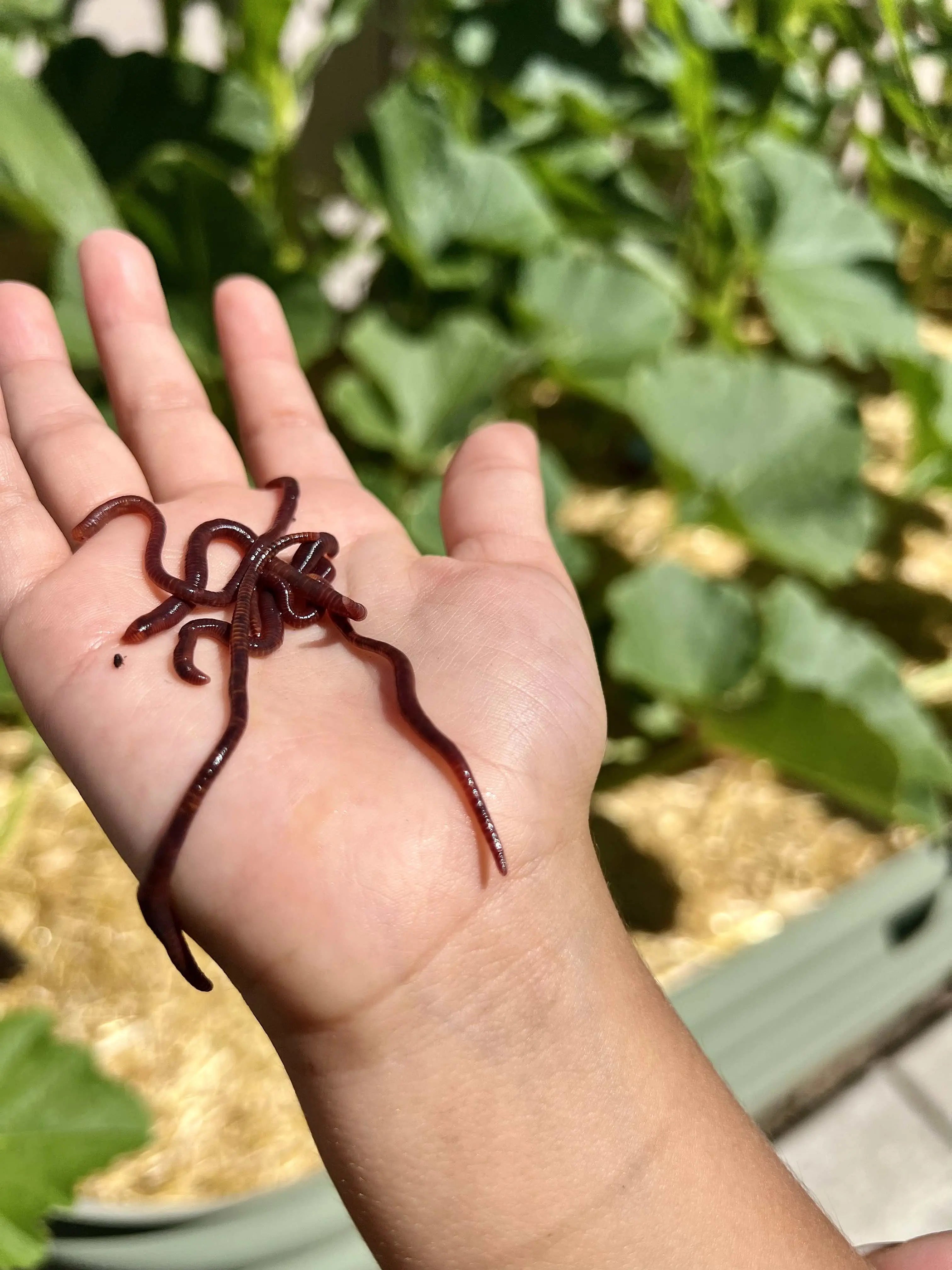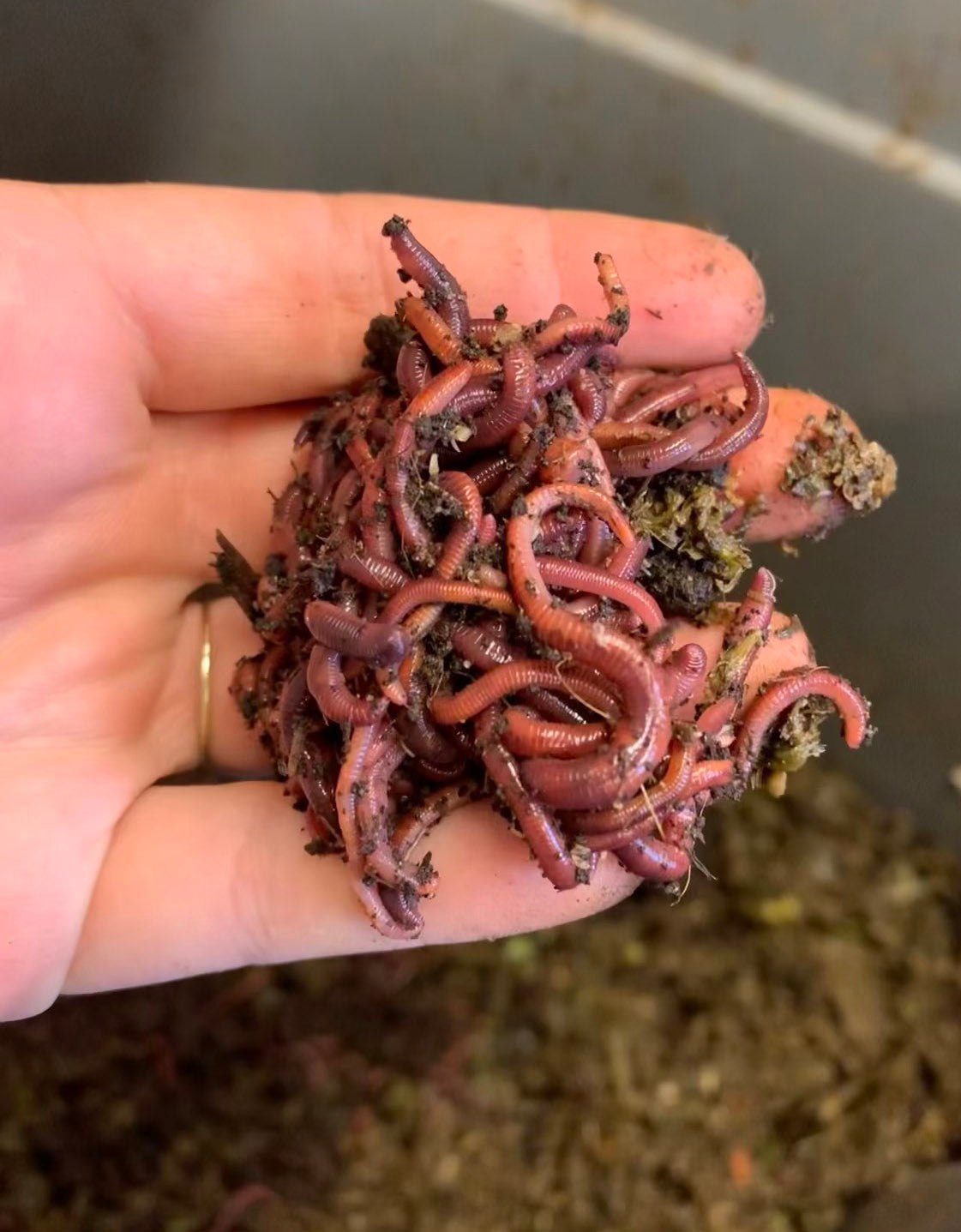Red Wigglers: The Unsung Heroes of Organic Waste Recycling
Red wigglers, or Eisenia fetida, serve as vital agents in the natural waste recycling process, transforming disposed of materials into beneficial vermicompost. As the globe progressively looks for solutions to combat waste buildup and enhance agricultural efficiency, comprehending the function of these worms becomes necessary.
What Are Red Wigglers?
The impressive strength of red wigglers, scientifically recognized as Eisenia fetida, highlights their important function in natural waste recycling. These tiny, reddish-brown earthworms are typically discovered in decaying raw material, such as garden compost stacks and manure heaps. Lake Hickory Bait. Unlike various other earthworm species, red wigglers thrive in nutrient-rich settings and are very efficient at breaking down natural products, making them vital for vermicomposting

(Red Wiggler Express)Along with their role in waste reduction, red wigglers add to dirt health and wellness by improving dirt structure and oygenation via their burrowing tasks (Lake Hickory Bait). Their presence in composting systems not just improves decay rates however likewise advertises a sustainable technique to waste administration, highlighting their significance in ecological conservation efforts
Benefits of Composting With Worms
Composting with worms, specifically red wigglers, offers numerous advantages that enhance both waste administration and soil wellness. Initially, these worms successfully damage down natural waste, converting it into nutrient-rich vermicompost that improves dirt. This procedure increases decomposition, allowing for a quicker recycling of cooking area scraps and various other natural materials compared to traditional composting methods.
Additionally, the vermicompost created by red wigglers is bursting with valuable bacteria, which help boost soil structure, oygenation, and moisture retention. This improves the total health and wellness of plants, advertising vigorous growth and increased yields in gardens and farming settings. The use of worms in composting lessens the manufacturing of greenhouse gases, such as methane, contributing to an extra sustainable waste management system.

Exactly How to Begin Vermicomposting
Developing a vermicomposting system is an uncomplicated process that can generate considerable benefits for both waste management and soil enrichment. To begin, select an appropriate container, such as a plastic container or wood box, with appropriate air flow holes to make sure correct airflow. The dimensions ought to ideally be around 2 feet by 3 feet, enabling adequate room for the worms to grow.
Following, prepare bed linens material, which can include shredded newspaper, cardboard, or coconut coir. This bedding ought to be dampened to develop an ideal environment for the worms. As soon as the bed linens remains in area, present red wigglers (Eisenia fetida) right into the container, generally around one pound of worms for every square foot of surface.
Complying with the placement of worms, add organic waste, such as fruit and veggie scraps, coffee premises, and smashed eggshells. Prevent adding dairy, meat, or oils, as these can develop smells and bring in bugs. Place the container in a shaded, temperature-controlled location to preserve optimal problems for worm task. With these actions, you will properly start a vermicomposting system that adds to sustainable waste monitoring and enriches your dirt.
Keeping a Healthy Worm Container
(Red Wiggler Express)Maintaining a worm bin growing needs regular interest and treatment to guarantee the health of the red wigglers and the effectiveness of the composting process. Appropriate maintenance begins with monitoring the wetness levels; the bin needs to be damp however not soaked. A good regulation of thumb is to maintain an uniformity comparable to a wrung-out sponge.
Oygenation is essential too. Gently mixing the bed linen and food scraps every couple of weeks prevents compaction and makes sure that all worms have accessibility to oxygen. In addition, it is essential to feed the worms appropriately. A balanced diet regimen of vegetables and fruit scraps, coffee grounds, and crushed eggshells need to be offered in moderation to prevent overfeeding, which can bring about odors and parasites.
Temperature regulation is an additional important element. Red wigglers grow in a series of 55 to 77 degrees Fahrenheit. If the container becomes too hot or chilly, the worms might come to be stressed out - Lake Hickory Bait. Occasionally inspect for signs of health, such as worm population growth and the presence of healthy castings. By vigilantly handling these elements, one can preserve a durable and productive worm bin.
Influence on Lasting Living
The effective Click This Link upkeep of a worm container not just benefits the health of red wigglers but additionally adds substantially to sustainable living practices. By reusing natural waste, such as kitchen area scraps and backyard debris, red wigglers help draw away considerable amounts of material from landfills. This decrease in waste not only decreases greenhouse gas exhausts however additionally reduces the environmental burden linked with waste monitoring.
Furthermore, the castings generated by red wigglers offer as a nutrient-rich organic plant food, enhancing soil health and wellness and advertising plant growth. This natural option to chemical fertilizers sustains lasting farming and horticulture practices, lowering dependence on synthetic inputs that can damage environments. Additionally, worm composting cultivates awareness of waste administration, motivating individuals and communities to embrace more sustainable routines.

Conclusion
In summary, red wigglers act as essential factors to natural waste recycling via their efficient decomposition of organic materials. Their capability to create nutrient-rich vermicompost enhances soil health and wellness and sustains sustainable agricultural methods. By integrating vermicomposting into waste administration techniques, individuals and neighborhoods can substantially minimize waste while advertising ecological sustainability. The duty of Eisenia fetida in cultivating healthy and balanced environments highlights the relevance of these microorganisms in accomplishing sustainable living and enhancing soil fertility.